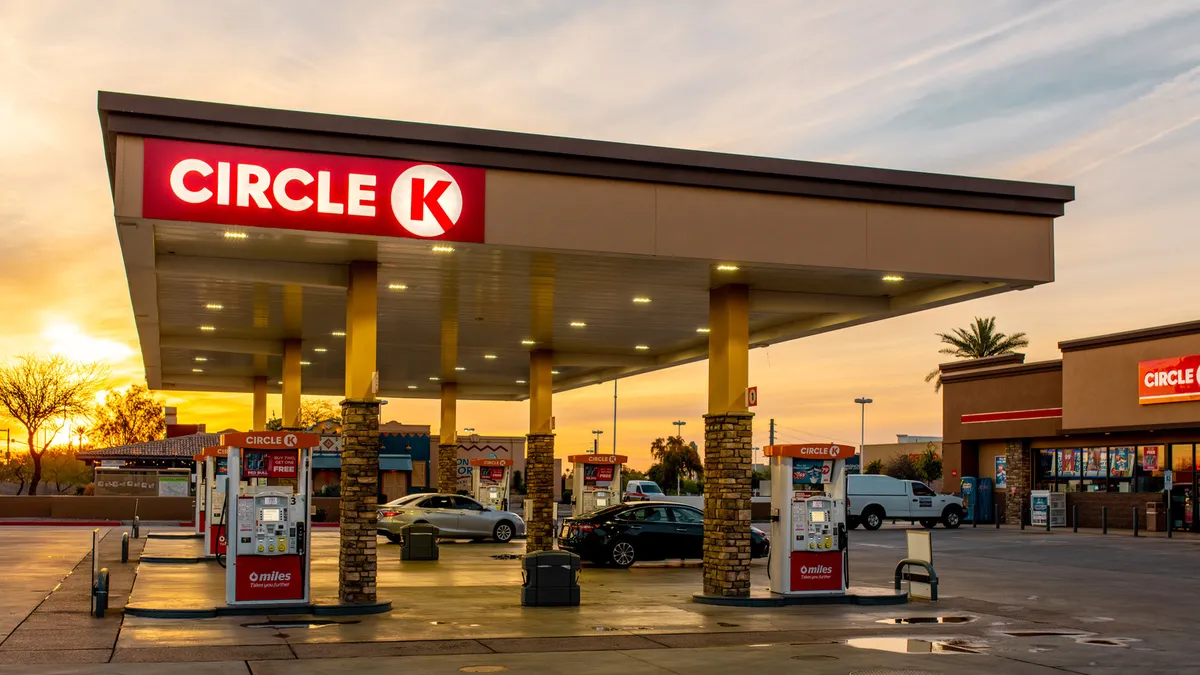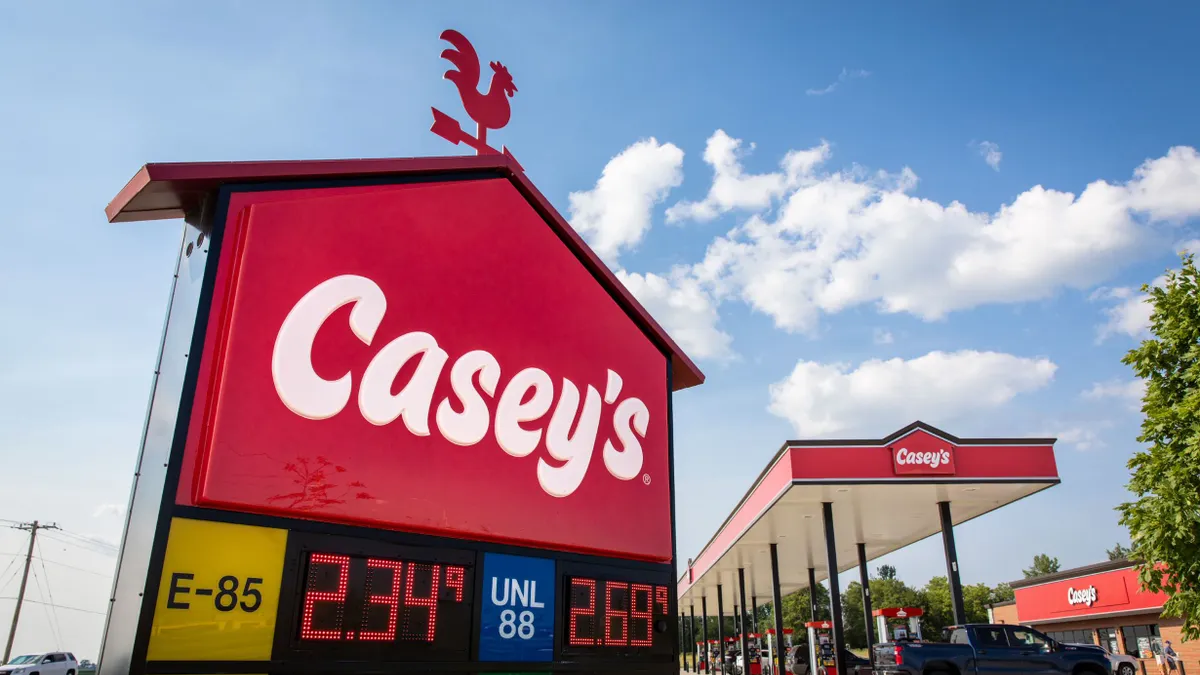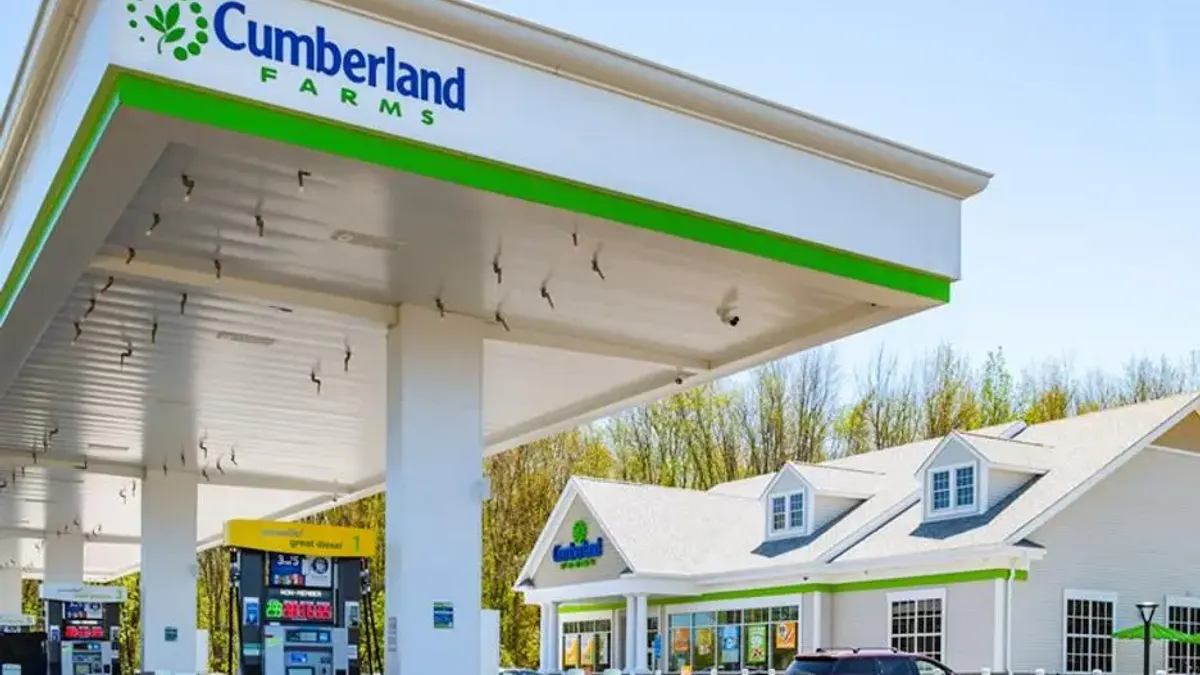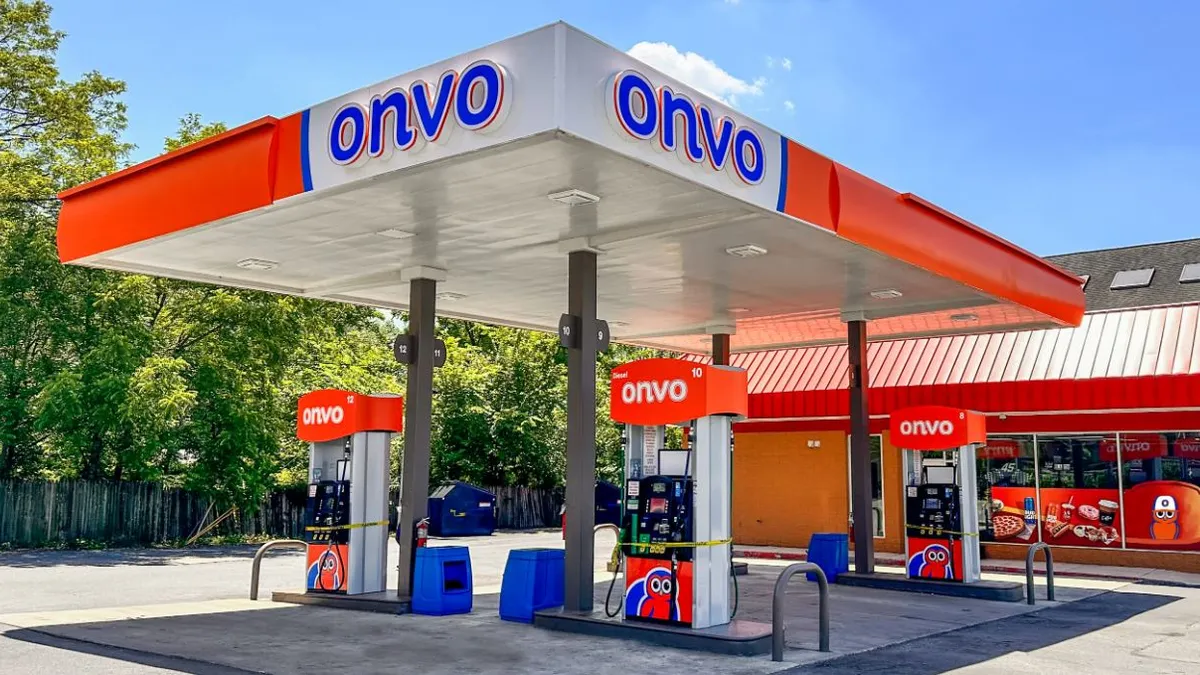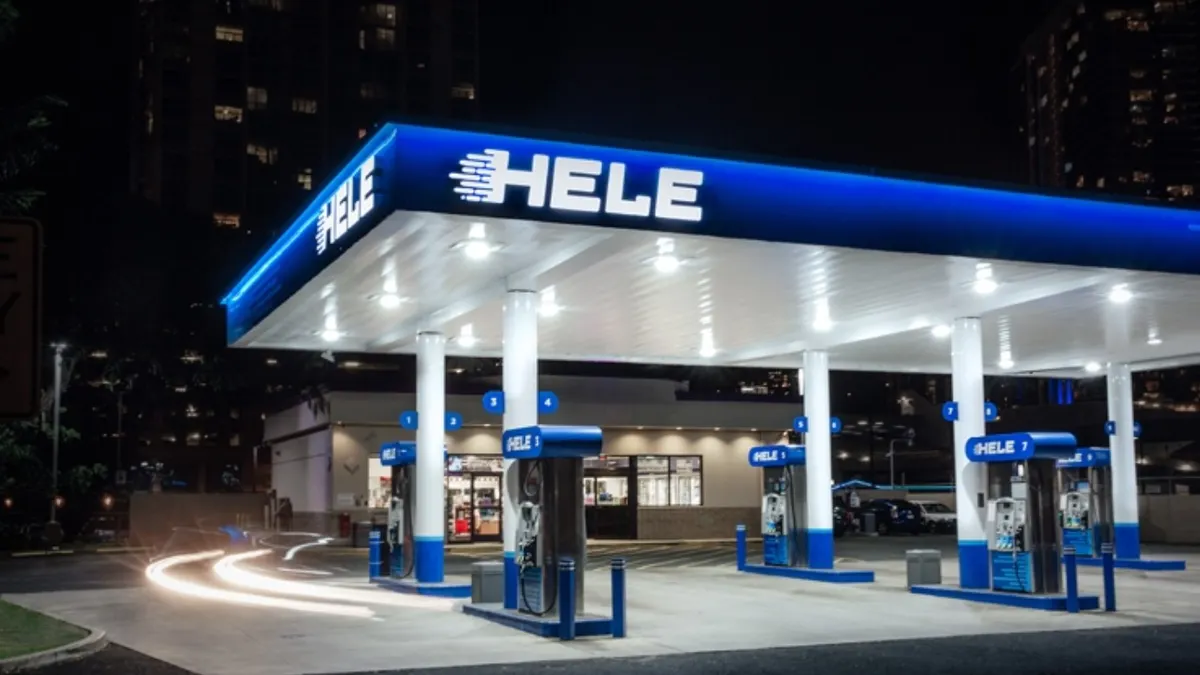Despite a year in which convenience store sales hit record revenues, direct store operating expenses (DSOE) also skyrocketed — and continued to cause headaches.
According to NACS, DSOE per c-store per month grew 15% between January and October of last year compared to the same timeframe during 2021, marking the third straight year of double-digit DSOE growth. Additionally, average monthly DSOE expenses have grown by over 40% since January 2019.
However, expense control is nothing new for convenience retailing, an industry that’s used to seeing low margins on high-velocity products — such as tobacco, beer and fuel — as suppliers increasingly raise prices, Derek Gaskins, chief marketing officer for Yesway, said in an interview.
“I think that's why some chains don't even send people to trade shows or they won't allow travel, because those are unnecessary or frivolous expenses,” he said.
As DSOE continues to grow with no signs of slowing, expense control will be the number one priority c-store retailers face in 2023, according to NACS.
“Expense control is critical because margins and velocity drive profits,” said Jeff Lenard, vice president of strategic initiatives for NACS. “It’s always critical and even more so in a very competitive marketplace where consumers already are feeling pinched.”
“We won’t staff up and overspend… I would rather us be lean and mean and frugal.”

Derek Gaskins
Chief marketing officer, Yesway
Labor takes the cake
Top expenses facing c-store retailers in 2023 include credit card swipe fees, utilities, repairs and maintenance, according to NACS. But across the board, from large-scale retailers to smaller operators, labor — notably wages and benefits — costs the most.
“Our biggest expense is labor,” Kara Clark, director of continuous improvement and execution for Kum & Go, said in an interview. “We want to be able to pay our associates what they deserve to be paid, and obviously with inflation increasing, we want to pay them a little bit more.”
As Kum & Go increases its associates’ pay, the retailer is working to simplify its processes by making employee tasks more efficient, Clark said. To do this, Kum & Go is spending more money on in-store technology — such as floor-cleaning robots, which it deployed across its entire store network earlier this year.
“We're investing more in a lot of equipment that we can give our stores that will make the process more efficient, or potentially eliminate a process step,” Clark said.
The focus on labor goes for independent retailers, too. Lonnie McQuirter, director of operations for 36 Lyn Refuel Station, a single-store location in Minneapolis, said he’s “constantly been focused” on building out his staff this year.
McQuirter, who’s also a member of NACS’ board of directors, noted that the retailers that are performing well in 2023 are the ones who invest in employees — specifically, hiring the right people and building strategies around their skill sets.
“The real story is behind the people — I think that’s something that can’t be overstated at this juncture,” he said.
Yesway, on the other hand, takes a different approach to its expenses. Instead of making big investments in areas such as labor all at once, the retailer prefers to invest only what it needs, when it needs it, Gaskins said. This underscores the company’s motto of growing “responsibly and profitably,” he noted.
“As we need to add resources or headcount, we'll do so then, but we won't front load that,” Gaskins said. “We won’t staff up and overspend… I would rather us be lean and mean and frugal.”
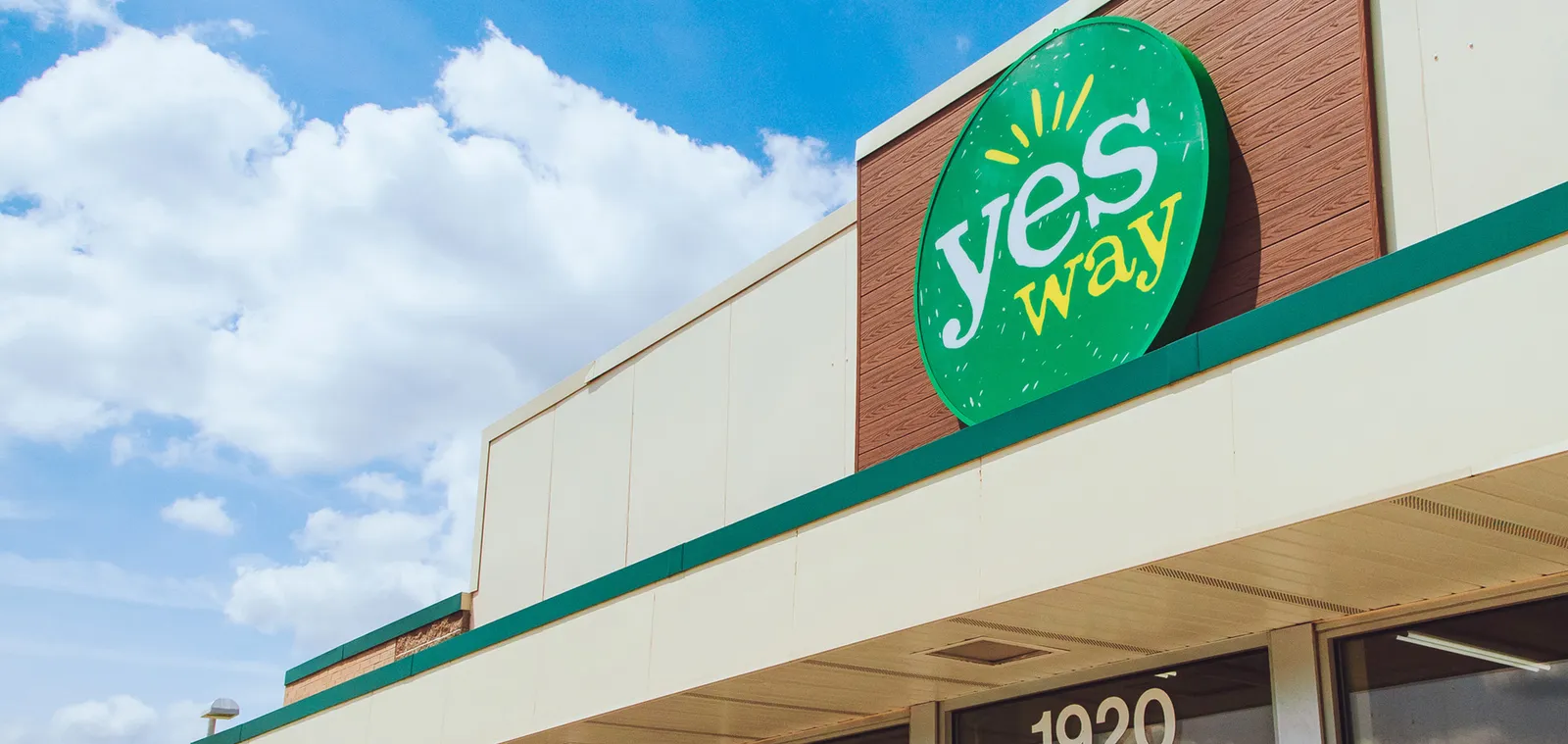
Cutting waste and focusing on people
While Kum & Go doesn’t currently have any major cost-cutting initiatives, the company is finding smaller ways to save money amid inflation. One is through implementing a “procurement manufacturing direct program,” which eliminates a middleman when purchasing new equipment for its stores.
“That’s been a huge win for the organization from a cost perspective,” Clark said.
Additionally, Kum & Go saves money through the types of contracts it signs with suppliers. The retailer often negotiates price freezes so the costs of services don't increase during the contract lifespan.
“Contracts that we would have negotiated a year or two ago, we're not feeling that pain right now with the inflation because we've locked in that rate,” Clark said.
When asked how c-store operators can approach expense control in general, Clark recommends finding the “waste” in every process — steps that aren’t needed anymore or no longer offer enough or any value — and cutting that waste as needed. She also suggests retailers observe and adjust their hours of operation as needed if certain time slots aren't profitable. This especially applies to retailers open 24-hours a day.
Finally, Clark recommends retailers automate as much as they can, despite those technologies coming with a price.
“Obviously some of that has a cost, but if it has a good return on investment, it’s worth the expense,” she said.
Ultimately, expense control comes down to ensuring finances are aligned with a company’s overall strategy, executing on that strategy well, and taking care of the people involved, McQuirter said.
“It's about the people, and it's about what's best for your organization at the end of the day,” he said.





